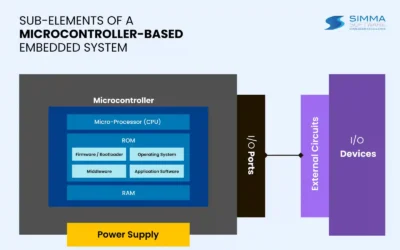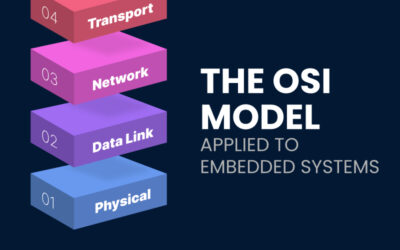ISO 26262 plays a critical role in the automotive industry, ensuring functional safety in electrical and electronic (E/E) systems. With modern vehicles integrating advanced driver-assistance systems (ADAS) and automation, compliance with ISO 26262 is essential for...
Blog Posts
What is ASIL-B? Understanding Its Importance in Functional Safety
Automotive safety is paramount in today’s evolving vehicle landscape. One of the critical elements ensuring safety in automotive electronics is the Automotive Safety Integrity Level (ASIL). ASIL-B is one of the four defined levels in the ISO 26262 standard, playing a...
ASIL in Automotive: Guide to Safety Integrity Levels
The Automotive Safety Integrity Level (ASIL) is a key framework ensuring vehicle safety. As cars become more advanced with driver assistance systems (ADAS) and autonomous driving, ASIL classification plays an essential role in mitigating risks and preventing failures....
UDS Protocol: A Comprehensive Guide
In modern automotive diagnostics, the UDS Protocol plays a crucial role in ensuring efficient communication between Electronic Control Units (ECUs) and diagnostic tools. This protocol is fundamental in vehicle diagnostics, enabling error detection, software updates,...
Embedded Systems Software: A Complete Guide
What Is Embedded Systems Software? Embedded systems software is specialized programming designed specifically for a given hardware device to perform a dedicated function. It ensures devices operate efficiently, often with minimal or no user interaction. This software...
10BASE-T1S: A Game-Changer for Automotive Ethernet Networks
What is 10BASE-T1S? 10BASE-T1S (IEEE 802.3cg) is a groundbreaking Ethernet standard that enables cost-effective, low-power, and multi-drop communication over a single twisted pair. It is revolutionizing industrial automation, automotive, and IoT applications with its...
Introduction to Automotive Communication Protocols
The electronic control units (ECUs) in a modern car are a sophisticated network of interconnected devices that communicate with one another through specific protocols. By facilitating real-time data sharing, these protocols guarantee the best possible vehicle...
CANopen Explained: Ultimate Guide to This Powerful Industrial Protocol
CANopen is a robust communication protocol designed to streamline industrial automation, ensuring seamless data exchange between various devices. Since its inception, it has revolutionized how industries manage machine-to-machine communication, providing reliability, efficiency, and interoperability.
Comparing Automotive Protocols
LIN vs CAN vs Ethernet FACTORLINCANETHERNETCOMMUNICATION CHARACTERISTICSAccess ControlMedium Access ControlMaster-slave (single master, multiple slaves)Multi-MasterCSMA/CA (Carrier Sense Multiple Access/Collision Avoidance)Multi-MasterCSMA/CA (Carrier Sense Multiple...
Understanding LIN Bootloaders
Disclaimer: This article is written with the intention of providing a conceptual understanding of LIN bootloaders. Simma Software primarily implements LIN Bootloader solutions in broad automotive and industrial applications. While I will aim to provide a broad...
The Basics of Microcontroller-based Embedded Systems
What is an embedded system? An embedded system is a specialized system designed to perform a specific task. It is a combination of hardware and software built into machines to control their functions. You can find embedded systems in everyday products like: Home...
The 7 Layers of the OSI Model Applied to Automotive Protocols
The OSI Model The OSI model (Open Systems Interconnection) is a conceptual framework representing how various elements within a networked system communicate. The OSI model divides this intra-element communication process into seven distinct conceptual layers, each...








